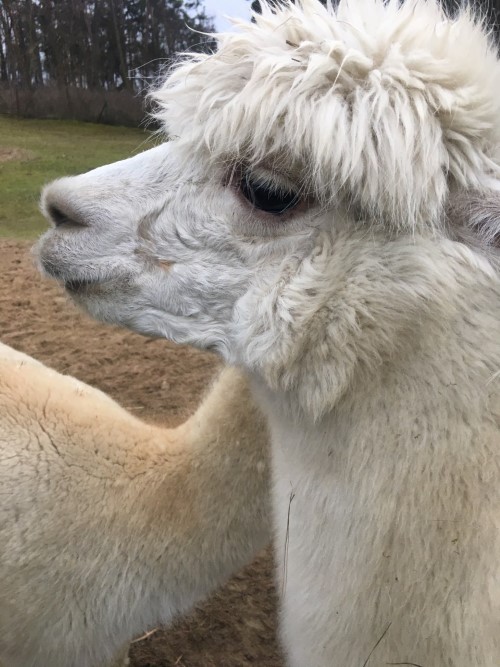Alpaca - treasure of the Andes

We have had the pleasure of producing alpaca products at Martello for many years. Alpaca blanket, alpaca poncho is a permanent part of our collection. We love it, that is why we would like to share our observations with you.
We wanted to go visit Peru to feel the atmosphere that accompany its creation, but the covid times took this opportunity away from us. We hope that we will be able to implement our plans in the near future.
What captivates us most about this yarn is not only its unique properties, which will be discussed later, but also the fact that the yarn colors are the natural colors of alpaca fleece, ranging from ecru, through various shades of brown, chocolate, and ending with delightful black. Imagine a herd of free-grazing alpacas in various colors on the slope of the majestic Andes...Isn't it a beautiful sight?
What is the uniqueness of alpaca? Here is a handful of information that we would like to present you.
These miraculous creations of nature , whose scientific name is Lama Pacos, have lived for over a thousand years in the higher parts of the Andes from 2500 to 4500 meters above sea level on the teritory of Peru, Chile and Bolivia.. With a population of around 4 million in Peru, representing 75% of the world's alpacas, they are the main source of income for thousands of families living in these parts of South America.These animals, domesticated since ancient times, give each year a fleece named after their alpaca. They are animal ranging in height from 80 to 90 cm, their heads are small and rounded, with tiny ears, large eyes and a cute expression face that is incredibly captivating.
There are two breeds of alpacas: Huacaya and Suri. The first one is the dominant variety , giving the most delicate fleece in a very wide natural range of colors. It represents 90% of the Peruvian alpaca population.
Nature couldn't have designed a better insulating fiber than alpaca. Without the special structure of their hair, these animals would not be able to survive in such extreme weather conditions where temperatures range form +30 ° C to -20 °C throughout the day.
Alpaca is the warmest wool in the world. It is valued not only for its thermal properties, but also for silkness, softness and durability. It is 3-5 times warmer than other wools. It is also worth emphasizing that it is more durable in use than merino wool and other fibers. Alpaca blanket can be used for several years without losing its unique properties.
This yarn is considered one of the most luxurious in the world.
Why do we offer BABY ALPACA blankets? Baby alpaca is one of the most exclusive fibers. It is obtained from one-year-old or two-year-old animals, mainly from the sides of the animal and part of the neck. Its thickness ranges from 20 to 22,5 micrometers. This variety represents about 25% of all alpaca production.
Ecofriendly Alpacas.
Alpacas only nibble at the tops of grasses and other plants typically found in high-altitude moorlands. They do not tear plants out of the ground, thus less disturbing the vegetation and allowing the grass to regrow. Unlike for example cashmere goats and sheep that have sharp hooves that destroy pasture and soil, alpacas have two toenails at the top and soft pad on the underside of each foot that minimizes their impact on pastures.
The natural habitat of alpacas is located at an altitude of 2800 meters above the sea level. At this altitude, the water supply is natural and the land is generally not suitable for cultivation anyway.
The ingenious people of the Andes source this high-quality alpaca fibre every 12 months during shearing season from November to March, without harmig the alpacas. The harvested fiber is hand-sorted by qualified women, which allows to gain 15 natural hair colors. Due to alpacas diet, this hair consists only of protein and as such is 100% biodegradable in a very short time. In contrast, synthetic fobers decompose over a very long time, which has a negative impact on our environment.
Is it possible to obtain fiber without affecting the natural environment? The answer is ALPACA!